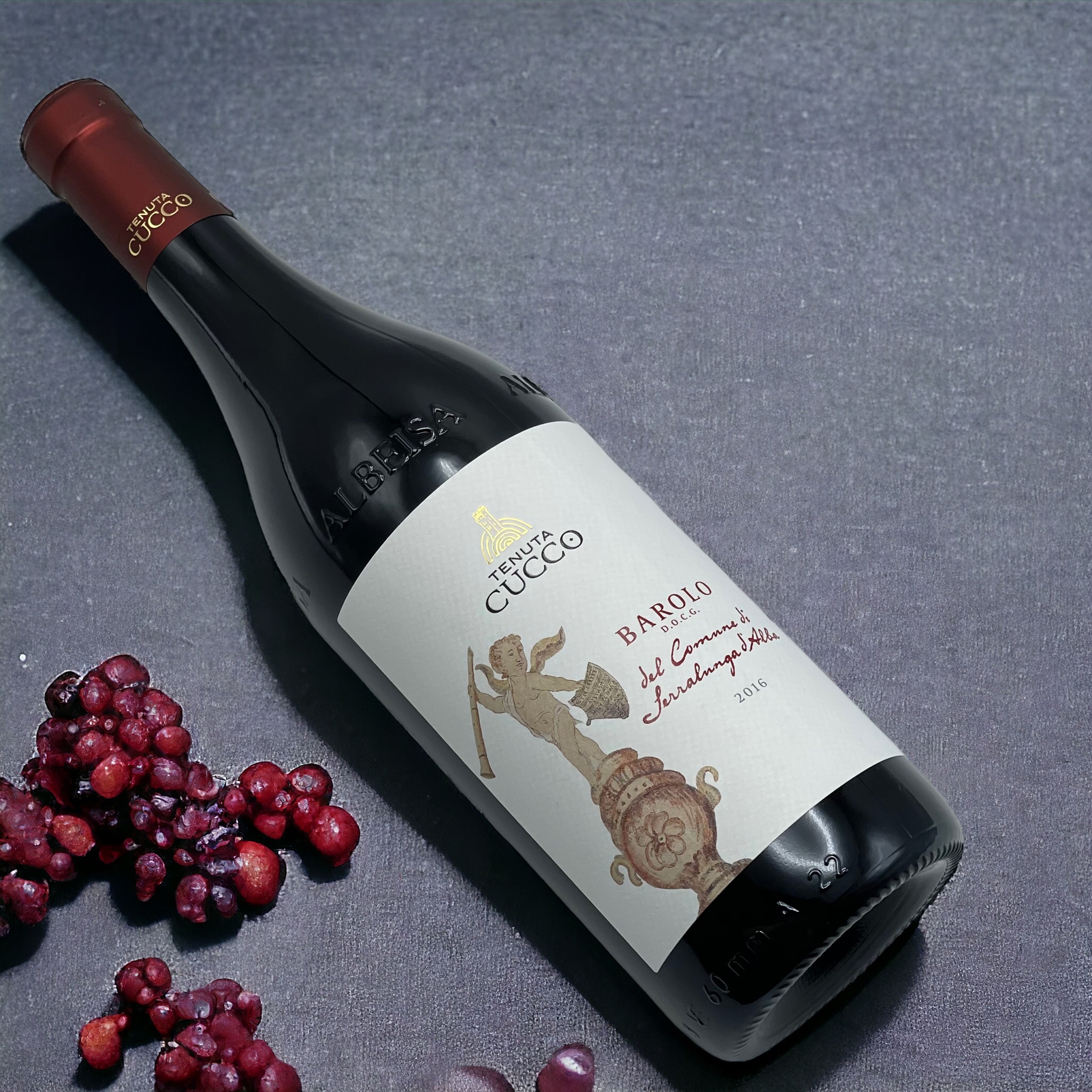Exploring the Elegance: How to Describe Barolo Wine
Barolo wine, often hailed as the “King of Wines” and the “Wine of Kings,” is a beloved Italian red wine renowned for its complexity, elegance, and age-worthiness. Describing this esteemed wine requires an understanding of its unique characteristics, flavor profile, and cultural significance. In this guide, we’ll delve into the art of describing Barolo wine to appreciate its depth and allure fully.
Understanding Barolo Wine: A Brief Overview
Before delving into the descriptors, it’s essential to grasp the fundamentals of Barolo wine. Produced in the Piedmont region of Italy, specifically from Nebbiolo grapes grown in the Barolo DOCG (Denominazione di Origine Controllata e Garantita) zone, Barolo is revered for its rich history and meticulous winemaking traditions. It undergoes extended aging in oak barrels and bottle maturation, resulting in a wine of unparalleled depth and complexity.
Capturing the Essence: Describing Barolo Wine
Appearance
Begin your description by observing the wine’s appearance. Barolo typically exhibits a garnet-red hue with brick-orange reflections, indicating its maturity and age. The color intensity may vary depending on the wine’s age and winemaking techniques.
Aroma
The aroma of Barolo wine is often described as intoxicating and multifaceted. Expect to encounter a bouquet of dried roses, violets, and other floral notes, intertwined with hints of tar, leather, tobacco, and spices. These complex aromatics evolve with time, showcasing the wine’s aging potential.
Flavor Profile
Upon tasting Barolo, prepare to be greeted by a symphony of flavors that dance on the palate. The wine’s prominent characteristics include robust tannins, high acidity, and a full-bodied texture. Layers of red fruits such as cherry, raspberry, and plum mingle with earthy undertones of truffle, mushroom, and forest floor. Notes of licorice, herbs, and minerals add further depth and intrigue to the flavor profile.
Texture and Mouthfeel
Barolo wine boasts a velvety-smooth texture accompanied by firm, grippy tannins that provide structure and longevity. The wine’s high acidity imparts freshness and balance, while its full-bodied nature coats the palate with a lingering, satisfying finish. Pay attention to the wine’s mouthfeel, noting its weight and viscosity as it glides across the tongue.
Ageability and Complexity
One of Barolo’s most distinguishing features is its exceptional age-worthiness and complexity. As the wine matures, its flavors evolve and deepen, revealing nuances and subtleties that captivate the senses. A well-aged Barolo can develop tertiary aromas of leather, tobacco, dried fruit, and cedar, showcasing the wine’s remarkable transformation over time.
Crafting Your Description: Tips and Recommendations
When describing Barolo wine, strive to convey its essence with eloquence and precision. Use evocative language to paint a vivid picture of the wine’s aromas, flavors, and texture. Incorporate sensory details and analogies to evoke the sensory experience of tasting Barolo. Consider the wine’s provenance, vintage, and winemaking techniques, as these factors contribute to its unique character and personality.
Conclusion
In conclusion, describing Barolo wine is an art form that requires keen observation, sensory awareness, and an appreciation for its rich heritage. By exploring its appearance, aroma, flavor profile, texture, and ageability, you can unlock the secrets of this revered wine and articulate its complexities with confidence and reverence.
FAQs About Describing Barolo Wine
- What makes Barolo wine unique?
- Barolo wine is renowned for its complexity, elegance, and age-worthiness, stemming from its production from Nebbiolo grapes in the Barolo DOCG zone of Italy.
- How should I serve Barolo wine?
- Barolo wine is best served slightly below room temperature, ideally around 60-65°F (15-18°C), to fully appreciate its aromas and flavors.
- What foods pair well with Barolo wine?
- Barolo wine pairs excellently with hearty Italian dishes such as risotto, braised meats, truffle pasta, and aged cheeses like Parmigiano-Reggiano.
- Can Barolo wine be aged?
- Yes, Barolo wine is known for its exceptional age-worthiness and can benefit from extended cellaring, often improving in complexity and character over time.
- What is the recommended decanting time for Barolo wine?
- Barolo wine can benefit from decanting for 1-2 hours before serving to allow the wine to breathe and fully express its aromas and flavors.
















